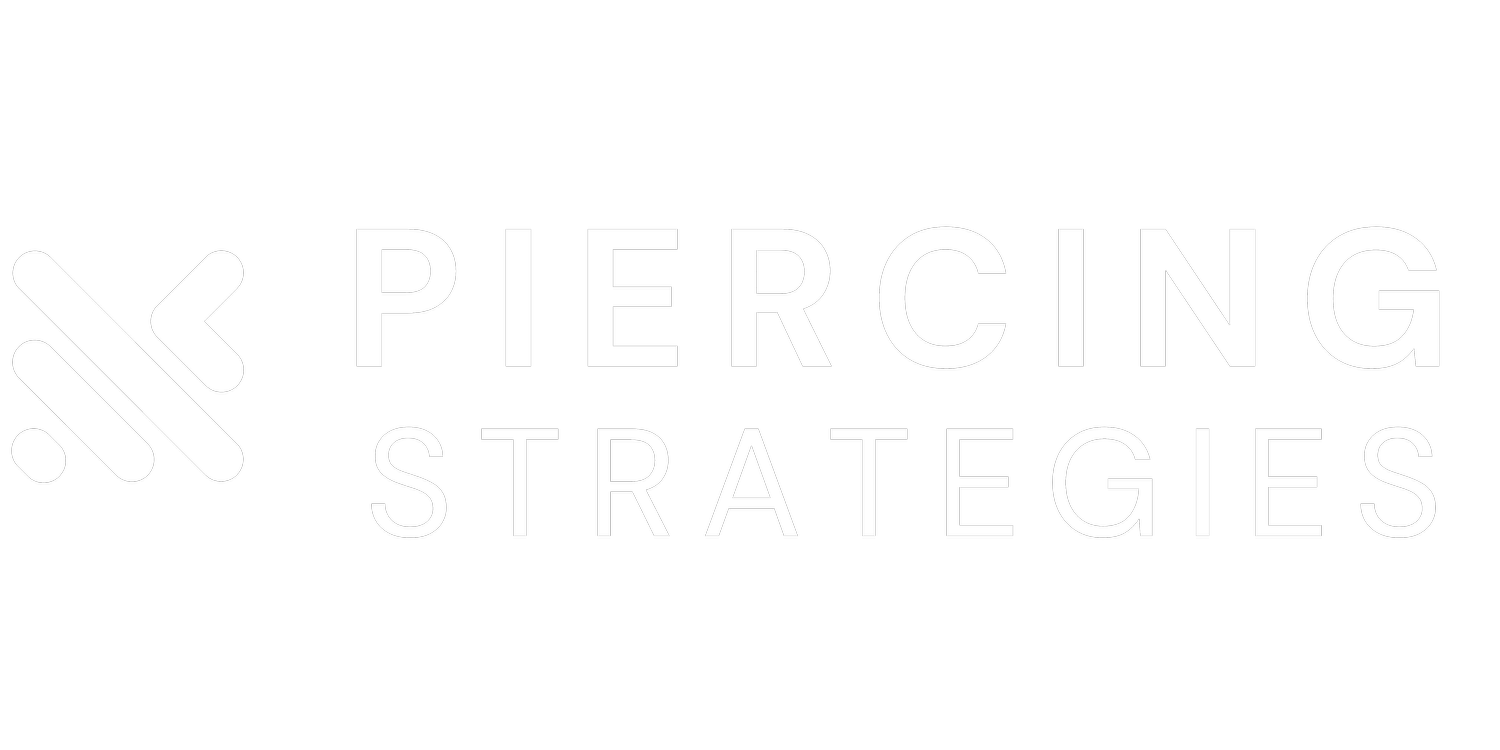Why Your Best Talent Doesn't Want to Lead (And How to Fix It)
After years of developing leaders across Fortune 500 companies, I had a conversation last year that stopped me in my tracks. Michelle, a brilliant engineering leader at one of our client companies, declined a director-level promotion – not because she doubted her capabilities, but because she didn't believe in the leadership model she was being asked to step into.
Her decision crystallized something I've been seeing across our client base: many organizations are facing a leadership crisis that no amount of traditional development programs can solve.
The Real Problem
Recently, working with a Fortune 500 tech company, we uncovered that their leadership development gaps were costing them $2.1M annually. But here's the truth: we're not facing a crisis of capability. We're facing a crisis of identity.
Your best talent isn't afraid of leadership – they're rejecting an outdated model that forces them to choose between being effective and being authentic.
What We're Getting Wrong
In our work with emerging leaders across industries, I've observed three critical mistakes organizations keep making:
We equate leadership with management, forcing innovators to become administrators
We promote technical experts without reimagining what leadership means in their context
We measure leadership success through metrics that drive the wrong behaviors
The Hidden Cost
When top performers decline leadership roles, organizations lose twice:
The innovative contributions these individuals could make as leaders
The next generation of talent who never see themselves reflected in leadership
What's Actually Working
The organizations successfully attracting top talent into leadership are doing three things differently:
They're designing leadership roles that preserve rather than sacrifice what made people successful
They're measuring leadership through team capability and innovation, not control and compliance
They're building systems that allow leadership to emerge naturally, rather than forcing it into predetermined boxes
A Path Forward
Based on what we're seeing in the field, fixing this requires fundamental change in how we:
Define Leadership Move from "managing performance" to "unleashing potential"
Develop Leaders Shift from generic programs to contextual growth that builds on individual strengths
Deploy Leadership Focus on creating environments where leadership can emerge naturally at every level
What Success Looks Like
Last week, I reconnected with Michelle, who initially refused a promotion. After working with her organization to reimagine the role, she took the position. Six months in, both she and her team are thriving. The difference? The organization built a leadership model worthy of her talent.
The Change We Need
The solution isn't better leadership training. It's better leadership design. We need to stop asking how to prepare people for leadership, and start asking how to transform leadership to be worthy of our best talent.
As your organization looks ahead, consider:
What if leadership roles enhanced rather than diminished what makes your top performers exceptional?
How might you measure leadership success if you focused on unleashing potential rather than ensuring compliance?
What would your leadership development look like if you built it for the leaders you want, not just the managers you need?
The organizations that will thrive aren't just developing better leaders – they're fundamentally rethinking what leadership means.
What's your experience with attracting top talent to leadership roles? How are you reimagining leadership in your organization? Let's continue the conversation.
